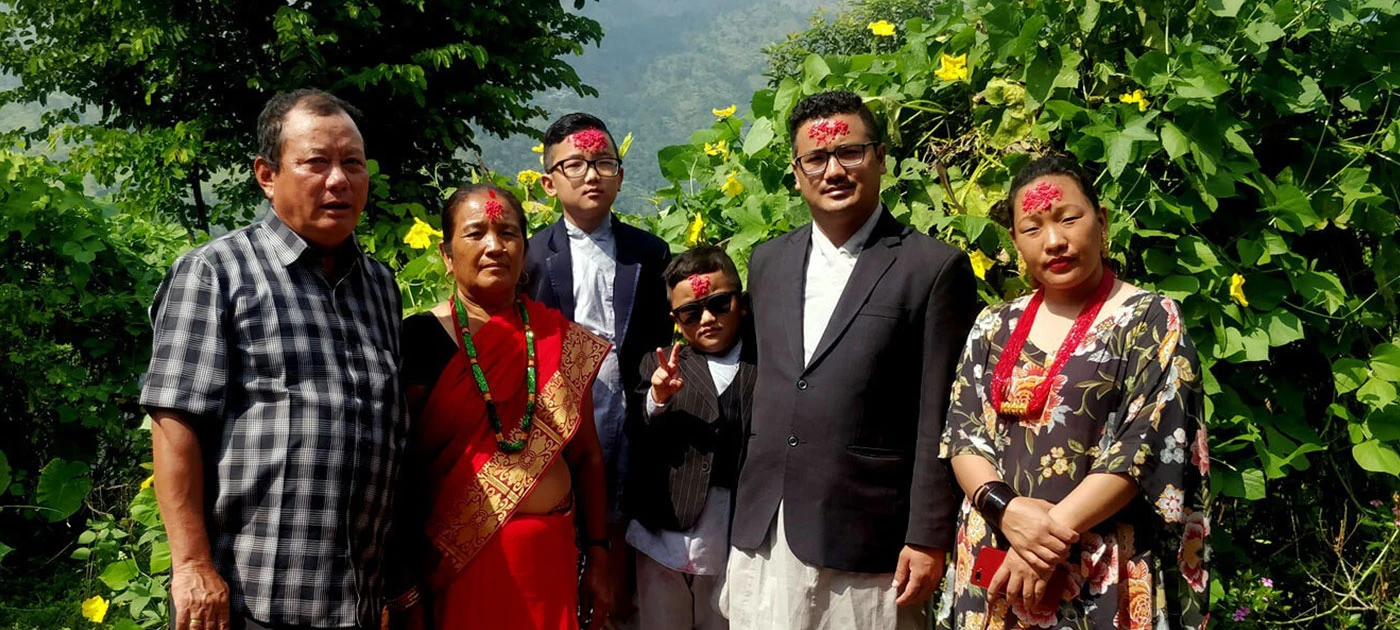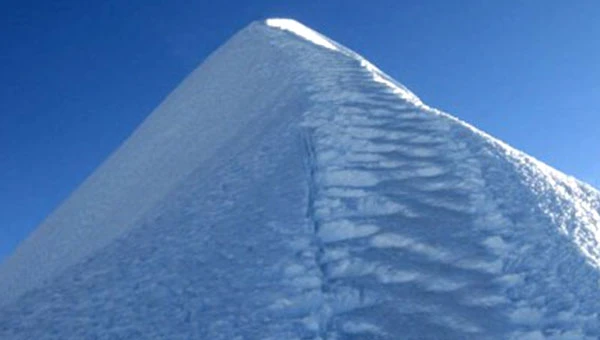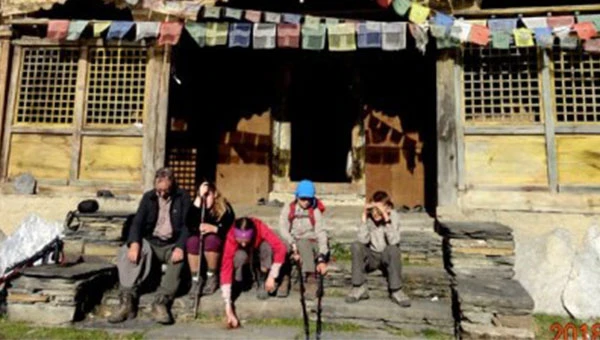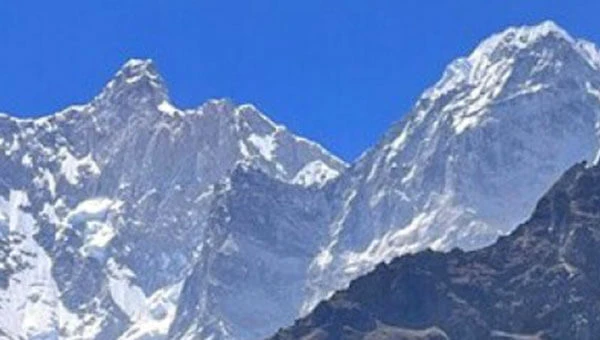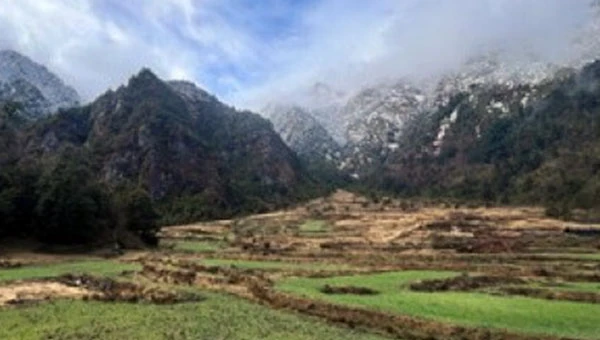Dashain Festival is greatly celebrated in Nepal which is also originated from Nepal. It is also popularly named Bijaya Dashami. It is believed to be celebrated for winning over the evil on the 10th day where Bijaya stands for winning and Dashami stands for 10th. Every year, Nepali long for the Dashain festival and celebrates greatly with huge respect, beliefs, and value throughout the country.
Dashain Festival of Nepal
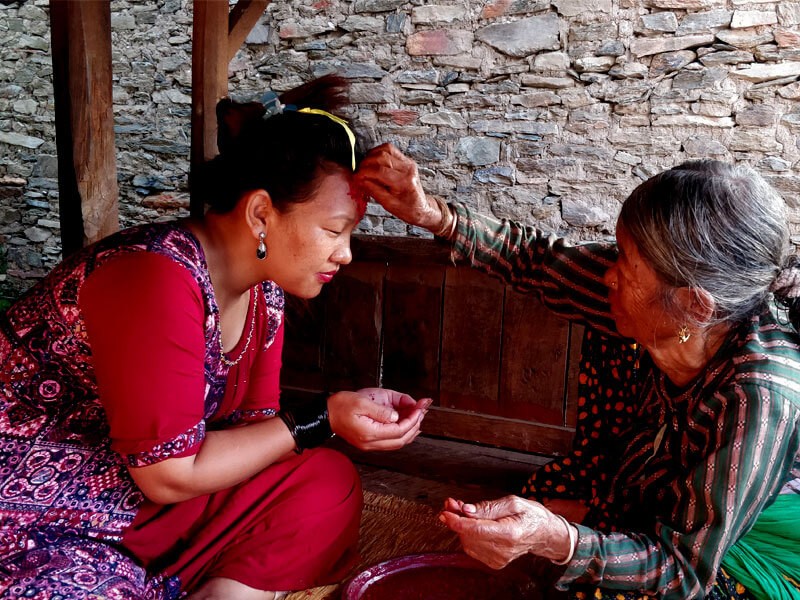
Dashain is celebrated as per the lunar calendar which falls during September – October. In parts of India, it is called Dashera and celebrated by worshipping Goddess Durga. But the way of celebration is different in Nepal and India but the schedule to celebrate is the same as listed in the lunar calendar. However, Hindus and Kirats of Nepali speaking Indian (Northeastern states of India), Lhotshampa of Bhutan, and Burmese Gurkhas of Myanmar do celebrate Dashain.
It is the most awaited festival in Nepal, Bhutan, Burma, and North Indian hills and for all the Nepali living around the world. Nepali people return from all parts of the world as well as different parts of the country, to celebrate Dashain together. All government offices, educational institutions, and other offices remain closed during the festival period. However, travelers do not face any difficulty during the Dashain festival in Nepal. Rather the experiences have shown that tourists join together and enjoy the festival with Nepali.
Story of Dashain Festival Celebration
During the Satya Yuga (Era of Truth), Mahishasura (Mahisa= Buffalo, Asura= Demon) was born from a Buffalo. Having devil intentions, he wanted to be the most powerful. He devoted himself to Lord Brahma and severely prayed to Lord Brahma for years. Being impressed by his dedication and devotion, Lord Brahma appeared to bless his wish.

- Mahishasura “Lord Brahma, Please give me the boon of immortality”
- Lord Brahma “It is impossible because who is born must die”
- Mahishasura “Then, I wish neither a man nor a God should be able to kill me”
Lord Brahma granted his wish which made him overconfident and resilient. Being blindfolded by power, he tortured and troubled humans as well as Gods. He took over the palace of Gods and threw Gods away.
All the Gods went to Tri- Shakti; the three Lord Brahma, Vishnu, Mahesh and requested to save the world from the brutality of Mahishasura. The three Lord combined their power and created Maa Durga also named Chandika Devi / Ambika. Every God gifted elements to Maa Durga. Mainly, Brahma, Vishnu, and Mahesh gave Kumandal, Sudarshan Chakra, and Trishul respectively and Himalaya gave her lion.
Receiving the blessings and gifts from Gods, Maa Durga challenged Mahishasura. Seeing a lady challenging him for a battle, Mahishasura cackled which made Maa Durga angry and aggressive. Then, the battle started on Shukla paksha which is now celebrated as Ghatasthapana where Ghata = event, Thapana = establishment giving the meaning of establishment of event. The severe warfare went on for 10 days. On the 10th day, Maa Durga killed Mahishasura and revived the world from evilness and lead to goodness.
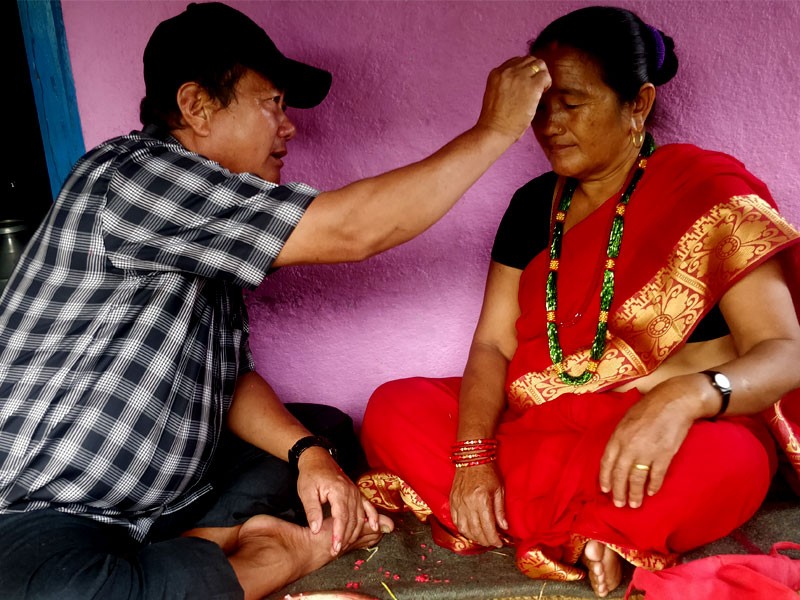
Ramayana Belief for Dashain Celebration
Another belief about the Dashain celebration is from the Hindu mythology Ramayana, an ancient Sanskriti epic of Prince Ram. When beloved wife, Sita, of Ram, was kidnapped by King Ravan, the battle of goodness and evilness was started. Ram started his war against Ravan to free Sita from the clutches of Ravan.
The journey to win over Ravan was tough for Ram. Ravan was a sincere devotee of Lord Shiva so he was fearlessly powerful. Ram and his followers prayed to Maa Durga for the strength and power to win over the cruelty and evilness of Ravan. The warfare continued for 10 days. On the 10th day, Ram gained victory over Ravan by the ultimate blessing from Maa Durga. So, Dashain is celebrated to mark the remarkable victory of Ram over Ravan, goodness over evil.
Why the Dashain Festival is Celebrated?
Dashain symbolizes the victory of good over evil. During Dashain, Maa Durga bless her devotees with divine power to maintain the prosperity of the individual, family, and society.
The 10th day of the Dashain festival is termed as Bijaya Dashami. Nepali all around the world celebrates Dashain by wearing Tika and Jamara. Tika is made of rice, yogurt, and red vermilion powder. The redness and whiteness included in Tika symbolize peace and prosperity. Likewise, Jamara represents the direct blessing of Maa Durga. The red also symbolizes the blood that ties the family together.
Every individual has certain good as well as bad characteristics. To eradicate the bad and evil attributes, we need the blessing and power of Maa Durga. So, it is believed that one is able to maintain goodness and receives power to remove evil attributes through Dashain Tika and Jamara. Dashain festival provides blessings from elders as well as Maa Durga through tika and Jamara.
Animal sacrifices are the norms during Dashain, as the festival commemorates the mythical bloody battles between the "divine" and "demonic" powers. The proponents of animal sacrifice interpret that this sacrificial act is the symbolic sacrifice of our animal qualities.
When is Dashain Celebrated in Nepal?
The festival falls in September or October, starting from the Shukla paksha (bright lunar fortnight) of the month of Ashwin and ending on Purnima, the full moon. The festival is celebrated for 15 Days. Among the 15 days, the most important days are the first (Gatasthapana), seventh (Fulpati), eighth (Maha Ashtami), ninth (Maha Nawani), tenth (Bijaya Dashami), and fifteenth (Kojagrat Purnima).
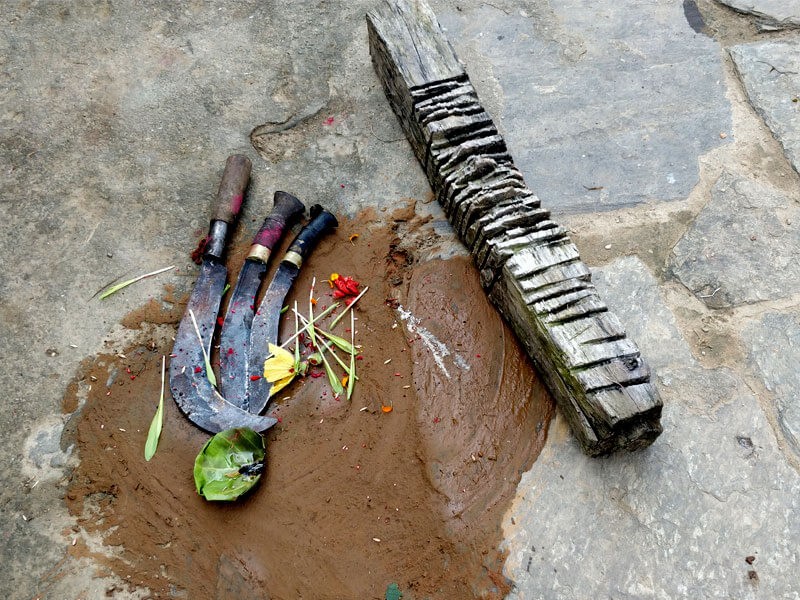
How people celebrate Dashain for 15 days?
Dashain is celebrated for 15 Days where the 1st day is the beginning of the festival, the 10th day is the main day and the 15th day is the closing ceremony. From Day 1 to Day 10, a different avatar of Maa Durga, the sacred protector, is worshipped and from the 10th Day onward the blessings of Maa Durga are spread and received from the elders. Each day is dedicated to a different avatar of Maa Durga;
- Day 1 Maa Shailputri gifts strength, courage, and composure
- Day 2 Maa Brahmacharini gifts penance
- Day 3 Maa Chandraghanta gifts alertness and focus
- Day 4 Maa Kushmanda gifts creativity
- Day 5 Maa Skandamanta gifts skills and compassion
- Day 6 Maa Katyayani gifts relief from all troubles in life
- Day 7 Maa Kaalratri removes darkness and negativity from people life
- Day 8 Maha Gauri teaches calmness and compassion
- Day 9 Maa Siddhidhatri gifts wisdom and insights
Among all these days, 1, 7, 8, 9, 10, and 15 are highly important and briefly described below:
Day 1 Ghatasthapana
Ghatasthapana marks the beginning of Dashain. On this day, devotees place a Kalasha (a pot) which symbolizes goddess Durga. Kalash is filled with water with barley and black sesame seeds. Then, Kalash is put in the center of a rectangular sand block and the remaining bed of sand is also seeded with grains. The goddess is believed to reside in the vessel during Dashain.
Kalash is worshipped twice (morning and evening) every day. The Kalash is kept away from direct sunlight and holy water is offered to Kalash and sand block every day so that by the tenth day of the festival the seed will grow to five or six inches long yellow grass. This sacred grass is named Jamara. These rituals continue until the seventh day.
Day 7 Phulpati
On the 7th Day, 7 types of flowers and fruits are offered to Maa Durga and her avatars. Different parts of Nepal, celebrate it in their own local culture and traditions. Overall, Maa Durga and avatars are offered with varieties of flowers, fruits, foods, and goods.
In Kathmandu, the royal Kalash, banana stalks, Jamara, and sugar cane tied with red cloth are brought by Brahmins from Gorkha, a three-day walk, about 169 kilometers (105 miles) away from the Kathmandu Valley. Hundreds of government officials gather together in the Tundikhel grounds in conventional formal dress to witness the event. The King used to observe the ceremony in Tundikhel while the Phulpati parade was headed towards the Hanuman Dhoka (Kathmandu Durbar Square) Palace. Majestically, Nepal Army displays a celebratory firing of weapons that continues for ten to fifteen minutes honoring Phulpati.
The President has taken over the king's social and religious roles after the fall of the royal government.
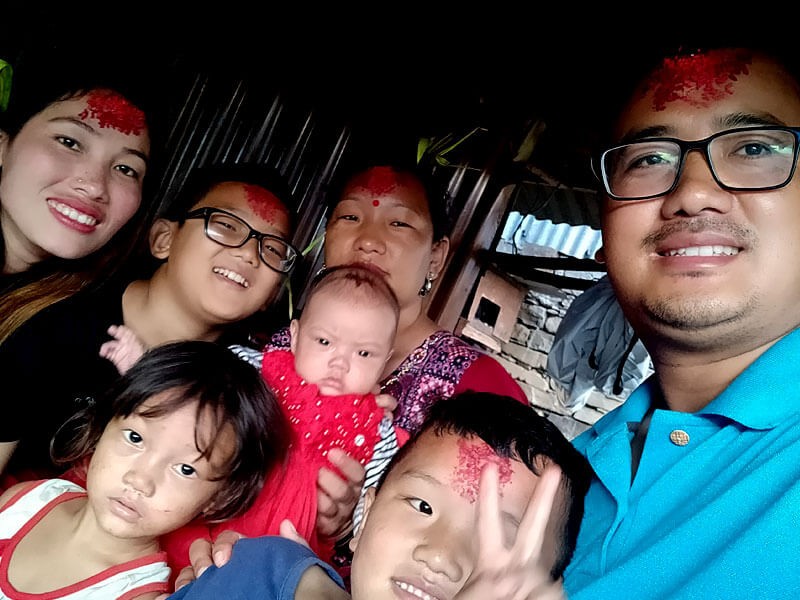
Day 8 Maha Asthami
On this day, the fiercest of Goddess Durga’s manifestations, the bloodthirsty Kali, is appeased through the sacrifice of animals: buffaloes, goats, hens, and ducks in temples throughout the nation. Blood, symbolic of its fertility, is offered to the Goddesses. Appropriately enough, the night of this day is called Kaal Ratri (Black Night).
After the offering of the blood, the meat is taken home and cooked as prasad, food blessed by divinity. This food is offered in tiny leaf plates to the household gods, then distributed amongst the family. Eating this food is thought to be auspicious. While the puja is being carried out, great feasts are held in the homes of common people. Weapons are worshipped
The old palace, Kathamandu Durbar Square is active throughout the night with worships and sacrifices in almost every courtyard.
Day 9 Maha Navami
Ceremonies and rituals reach a peak on this day. This day is also known as the demon-hunting day because members of the defeated demon army try to save themselves by hiding in the bodies of animals and fowls. So, the sacrifices are carried out.
On Mahanavami, Vishvakarman, the god of creation, is worshiped as it believed that all the things which help us in making a living should be kept happy. Artisans, craftsmen, traders, and mechanics worship and offer animal and fowl blood to their tools, equipment, and vehicles. Moreover, it is believed that worshipping the vehicles on this day avoids accidents for the year.
In Kathmandu, official military ritual sacrifices are held in one of the Hanuman Dhoka, Kathmandu Durbar Square. On this occasion, the state offers the sacrifices of buffaloes under the gunfire salutes. The Taleju Temple of different Durbar Square gates is opened to the general public on only this day of the year.
Day 10 Bijaya Dashami
Elders put this tika and Jamara on the forehead of younger relatives to bless them with prosperity. The auspicious time is scheduled to begin Dashain Tika. Elders give Dakshina (a small amount of money) to younger relatives along with the blessings. This continues to be observed for five days till the full moon during which families and relatives visit each other to exchange gifts and greetings. This ritual of taking tika from relatives (even distant relatives) helps in the renewal of the community ties. This is one reason why the festival is celebrated with so much vigor and enthusiasm.
Day 15 Kojagrat Purnima
Kojagrat Purnima is the last day of the Dashain Festival. Literally, Kojagrat means 'who is awake'. It is believed that Goddess Laxmi, the goddess of wealth, descends on earth, and showers whoever is awake all night with wealth and prosperity. And the leftover of Tika and Jamara is offered to rivers.
Other Activities in Dashain
- Flying Kites in Dashain
Kite-flying is a playful act as well as a tradition of Dashain. It is believed that the kites in the sky give the message to the Lord of Rain, Indra, to stop showering rain anymore. During Dashain, the weather becomes clear, rain stops and winter starts to come. Every age group flies the kites and spread cheerfulness and laughter. There is more fun when one kite cuts the thread of another kite and stays in the sky for a longer time.
- Playing cards in Dashain
For the Dashain festival, all the family members and relatives get to gather. So to enjoy the company and have fun together, they play cards.

- Buying New Clothes, goods, and elements
Buying new clothes and elements is a key part of the Dashain Festival. People who live in rural areas only purchase goods and new clothes in Dashain. During this period, almost all of the country's stores offer festive discounts and make shopping more attractive. Clean and pure clothes should be worn while receiving Tike during Dashain, so with religious beliefs, everyone buys new clothes. Even families with low-level income do it and enjoy the festival.
- Fairs with swing and Ferris wheels
Different types of exhibitions and festivities are held during Dashain. Wooden Ferris wheels and traditional swings are built and fairs are held in villages and small towns to celebrate and entertain. Commercial fairs are organized in the cities.
What are the Benefits of Visiting Nepal During Dashain?
- Monsoon ends and weather begins to clear up. September-November is the best season to travel in Nepal and trek around the Trekking Regions of Nepal.
- Most of the people of Kathmandu fly to their villages and native city to celebrate Dashain. So, the Kathmandu Valley becomes quiet and there would be no crowd.
- Close observation of ceremonies, rituals, and beliefs related to the Dashain festival.
- Travelers around the trekking regions could encounter the Dashain festival ceremonies, events, rituals, and culture.
- Nepali is friendly and emotional. Even the tourists are welcome and included in ceremonies to celebrate the Dashain festival which creates a lifetime experience for tourists.
During Dashain, all of the services and offices are closed and few of them are available. Despite festivals and ceremonies, Nepal Adventure Team always serves clients and ensures cozy traveling in Nepal. You can always choose Nepal Adventure Team for Dashain Festival Tour in Nepal, tours, trekking, peak climbing, sightseeing, jungle safari, helicopter tours. You can also check our Nepal Festival Tour.
